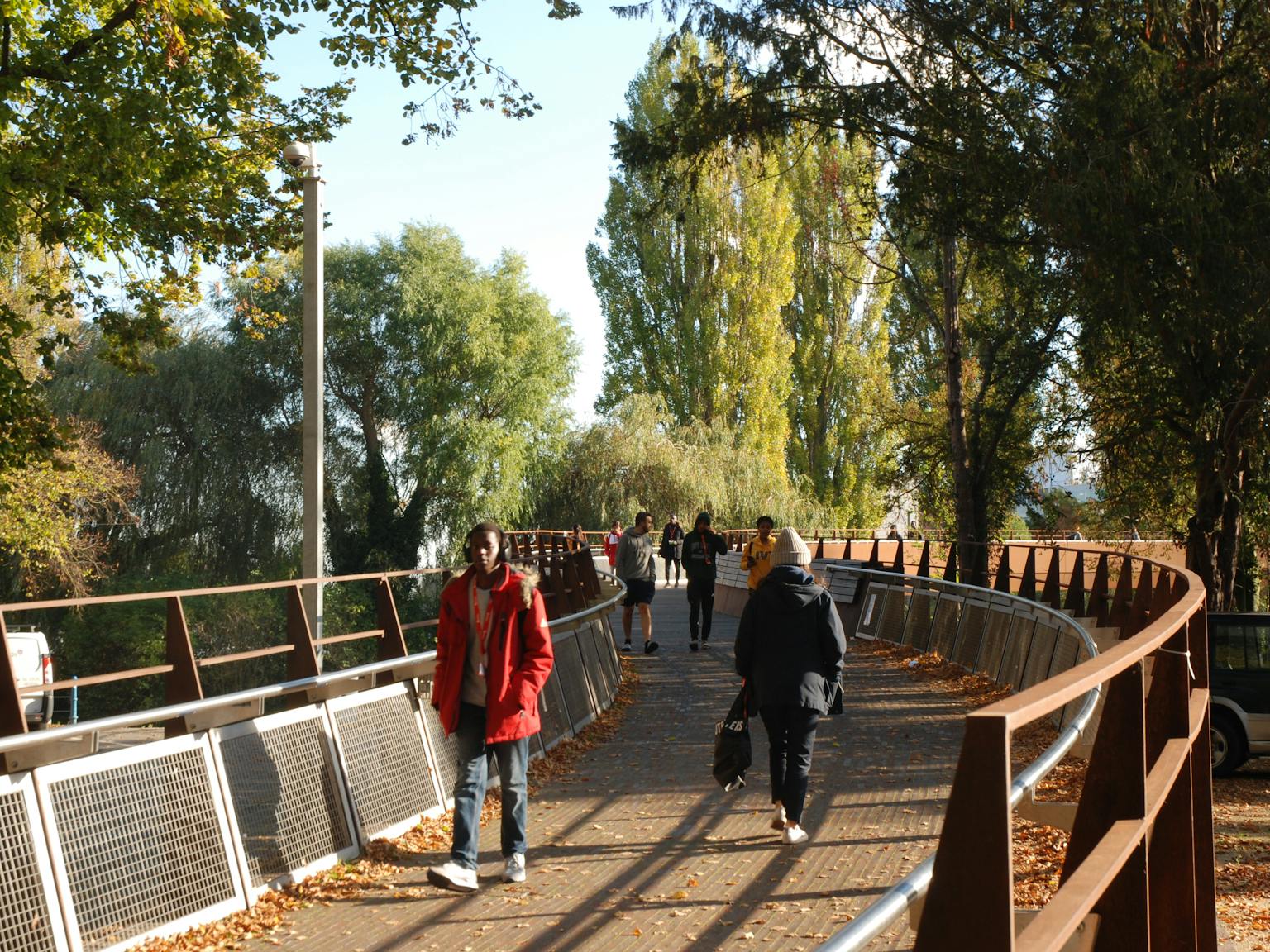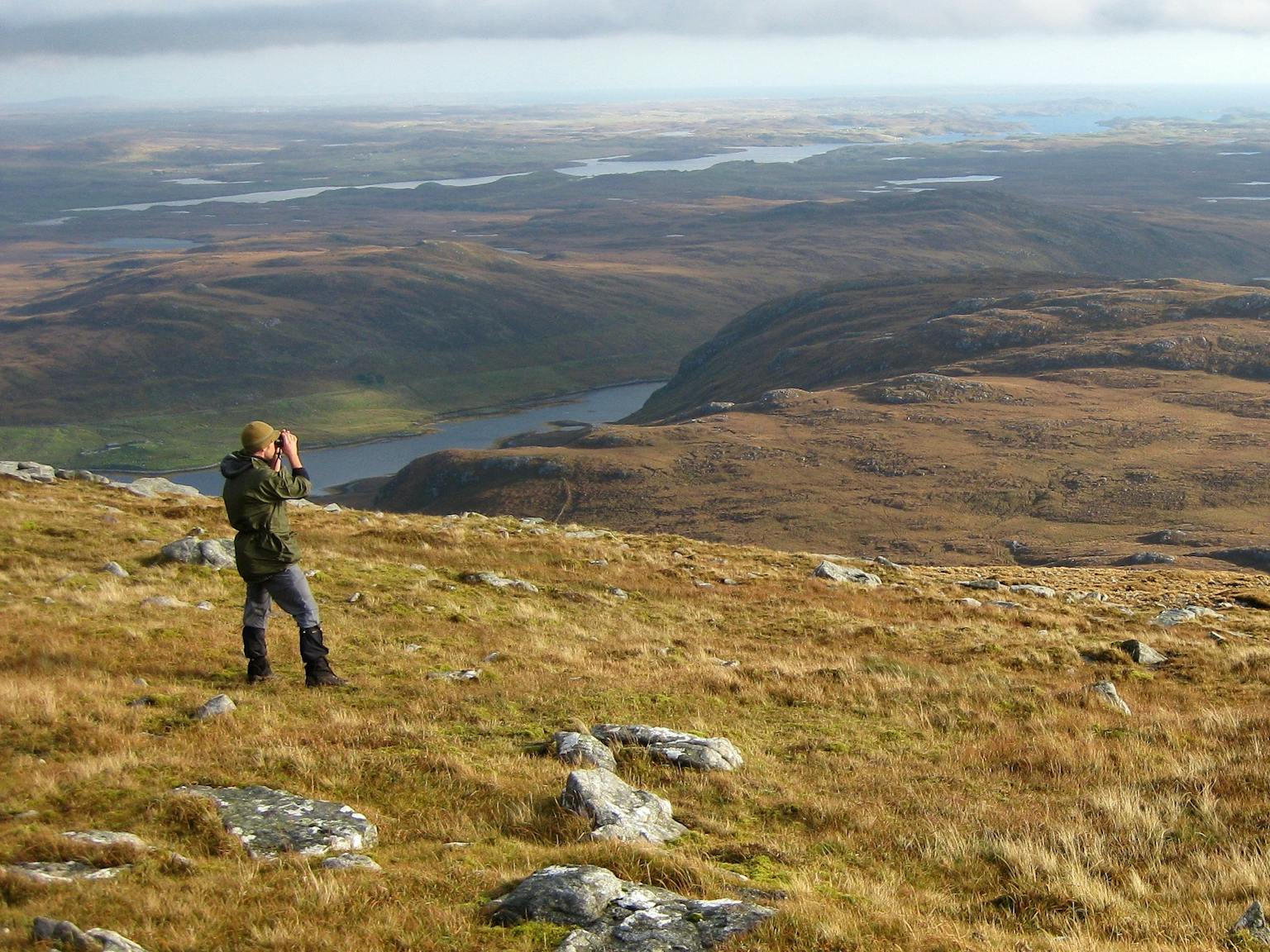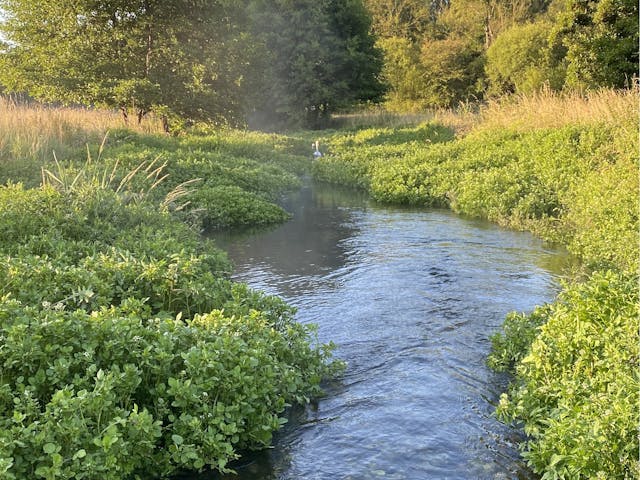
What are landscape designations?
A considerable proportion of the UK is protected by landscape designations which all work towards a common aim of conserving areas deemed to have remarkable natural beauty and/or distinctive character. In England, 24.4% of land is covered by statutory landscape designations[1].
These designations have enabled the UK to retain its exceptional landscapes, whilst managing development within them and allowing their continued enjoyment by the public.
The 2019 Glover Review highlighted the successes of landscape designations in England, following the 70-year anniversary of the National Parks and Access to the Countryside Act. The report also outlines opportunities to improve the current system to be “happier, healthier, greener, more beautiful and open to everyone”[2].
What are the different types of designation?
National landscape designations
National landscape designations have the highest degree of landscape protection and are established under statutory bound acts. All national landscape designations are defined by a set of special qualities which contribute to the areas outstanding scenic quality and underpin the necessity for their designation.
National Parks (NPs) (England, Wales and Scotland)
NPs were established under the 1949 National Parks and Access to the Countryside Act (revised 1995 Environment Act), to “conserve and enhance their natural beauty, wildlife and cultural heritage as well as to provide opportunities for public understanding and enjoyment“. NPs are managed by their own publicly funded authorities. The Broads has the same statutory obligations as NPs, with the additional duty to protect the interests of navigation, as identified in The Broads Act (1988).
Scottish NPs were introduced under the 2000 National Parks (Scotland) Act, with the aims to “conserve and enhance the cultural heritage, to promote the sustainable use of resources, to promote understanding and enjoyment of the special qualities by the public and to promote sustainable economic and social development of the area’s communities“.
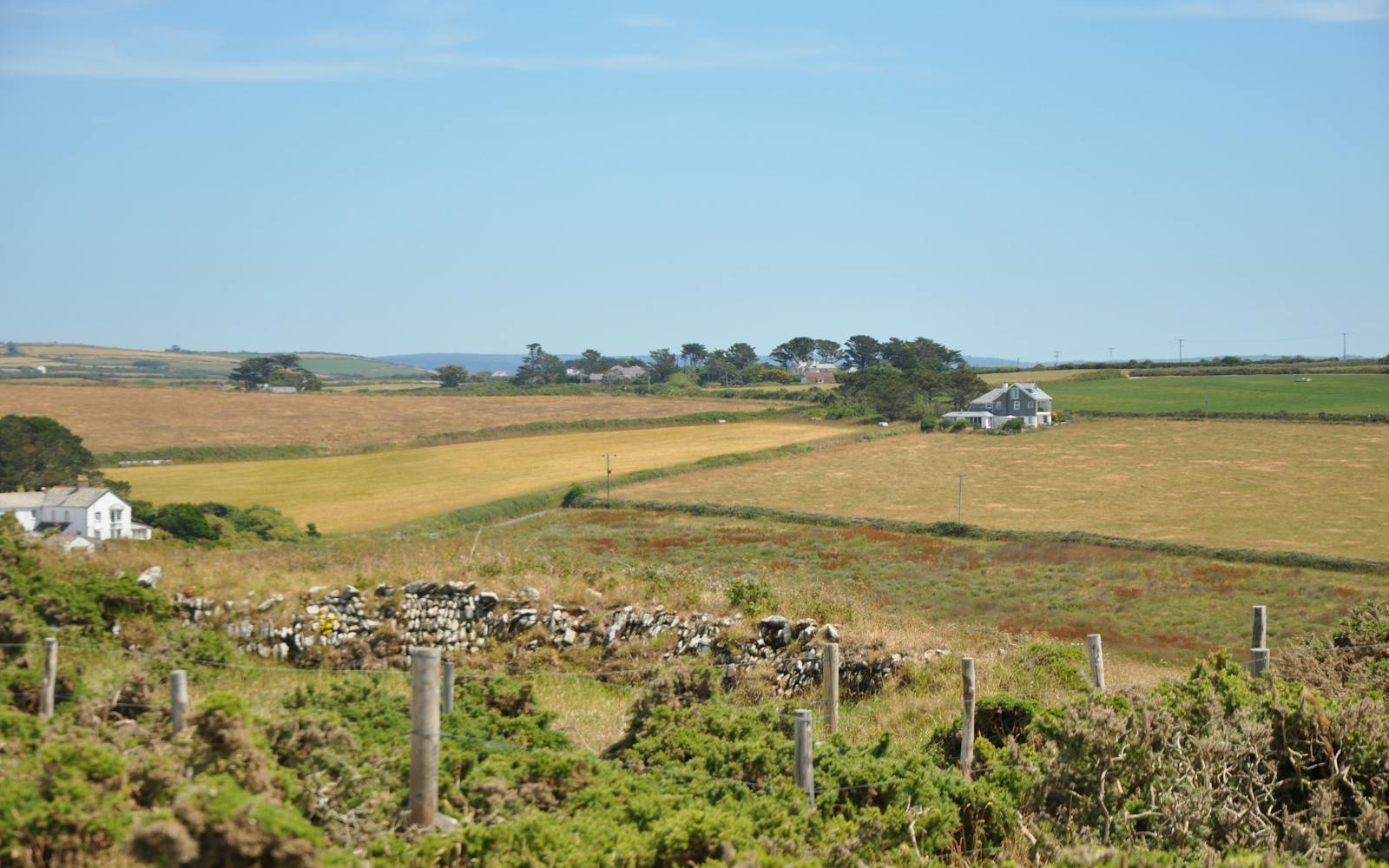
Areas of Outstanding Natural Beauty (AONBs) (England, Wales and Northern Ireland)
AONBs were introduced under the 1949 National Parks and Access to the Countryside Act (revised in the 2000 CRoW Act). These areas are designated with the sole obligation to conserve and enhance their natural beauty. AONBs are managed by partnerships between local authorities.
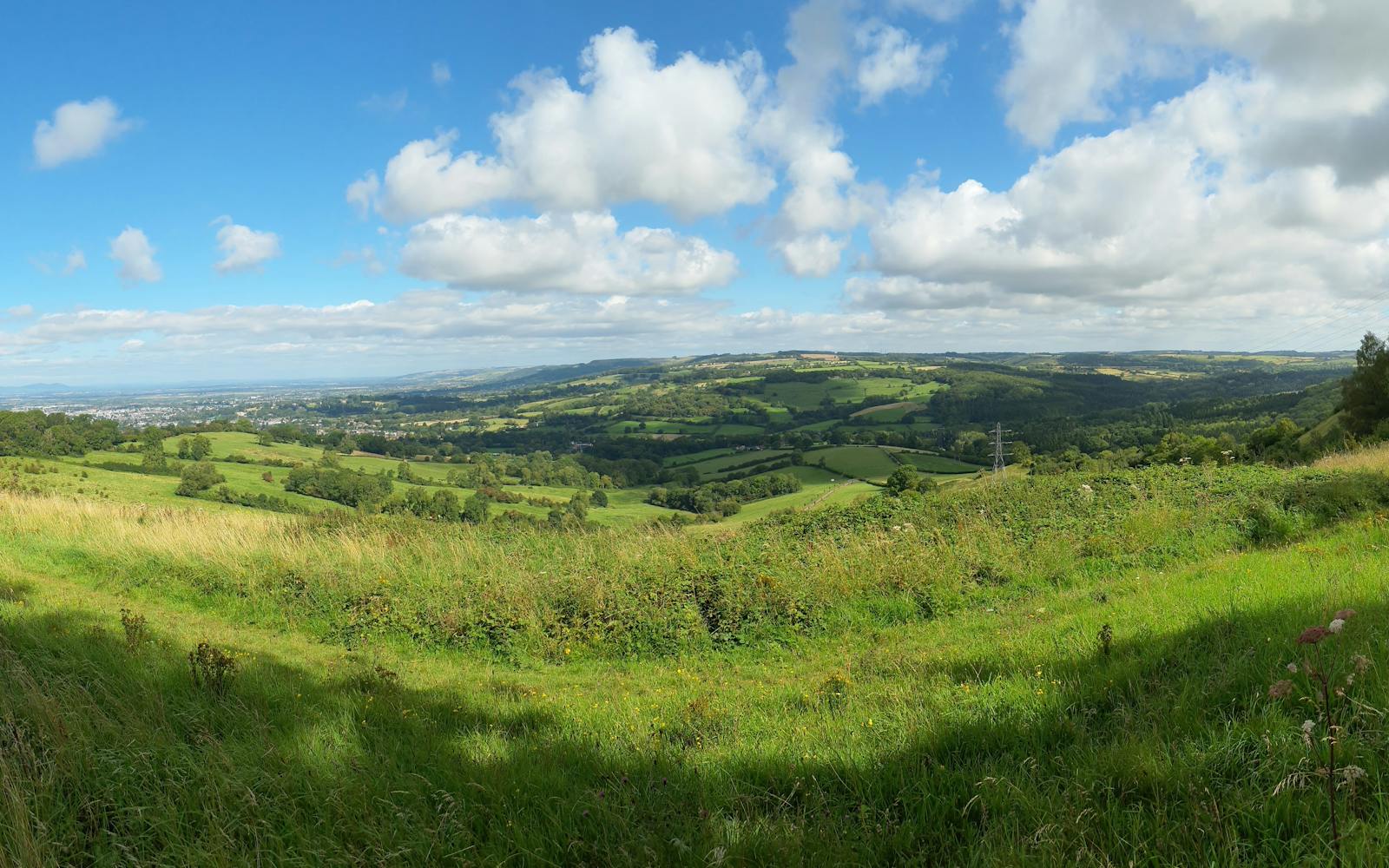
National Scenic Areas (NSAs) (Scotland only)
NSAs have been recognised within the planning system since 1980 and were formally designated in 2010. NSAs are broadly equivalent to AONBs, conserving the exceptional landscapes of Scotland. Scottish Natural Heritage (SNH) has defined special qualities for all NSAs.
Local Landscape Designations (LLDs)
LLDs are non-statutory designations which aim to protect areas with locally appreciated scenic value. Regionally their names and approaches differ, but overall, they work towards protecting areas of value in relation to the local authority area[3]. LLDs can advance understanding and awareness of important landscape features and qualities that contribute to a distinctive sense of place[4]. LLDs should be underpinned by robust evidence, setting out why the area is of local importance and therefore requires additional protection.
Landscape designations and planning
Landscape designations provide an important defence against inappropriate development – i.e. development with the potential to detract from or destroy the scenic beauty and character of an area. Although weight is given to conserving and enhancing scenic beauty in all planning applications, nationally designated landscapes have the highest status of protection within the National Planning Policy Framework (NPPF)[5]. This means smaller and considerate developments can take place but prevents major developments unless they are deemed to be in the public interest. LLDs help protect landscapes of local significance from insensitive development, but they have a lower protection status than national landscape designations and lack statutory backing.
At LUC we are experts in understanding and assessing landscapes and the pressures upon them. Many of LUC’s projects are focused on or located within designated landscapes, including supporting the managing bodies of protected landscapes.. These provide robust landscape evidence that helps to underpin Management Plans and Local Plans. We also conduct landscape assessments to ensure only appropriate development occurs within protected landscapes.
If you wish to know more about the services LUC can provide in protected landscapes, please contact Ann Conquest.
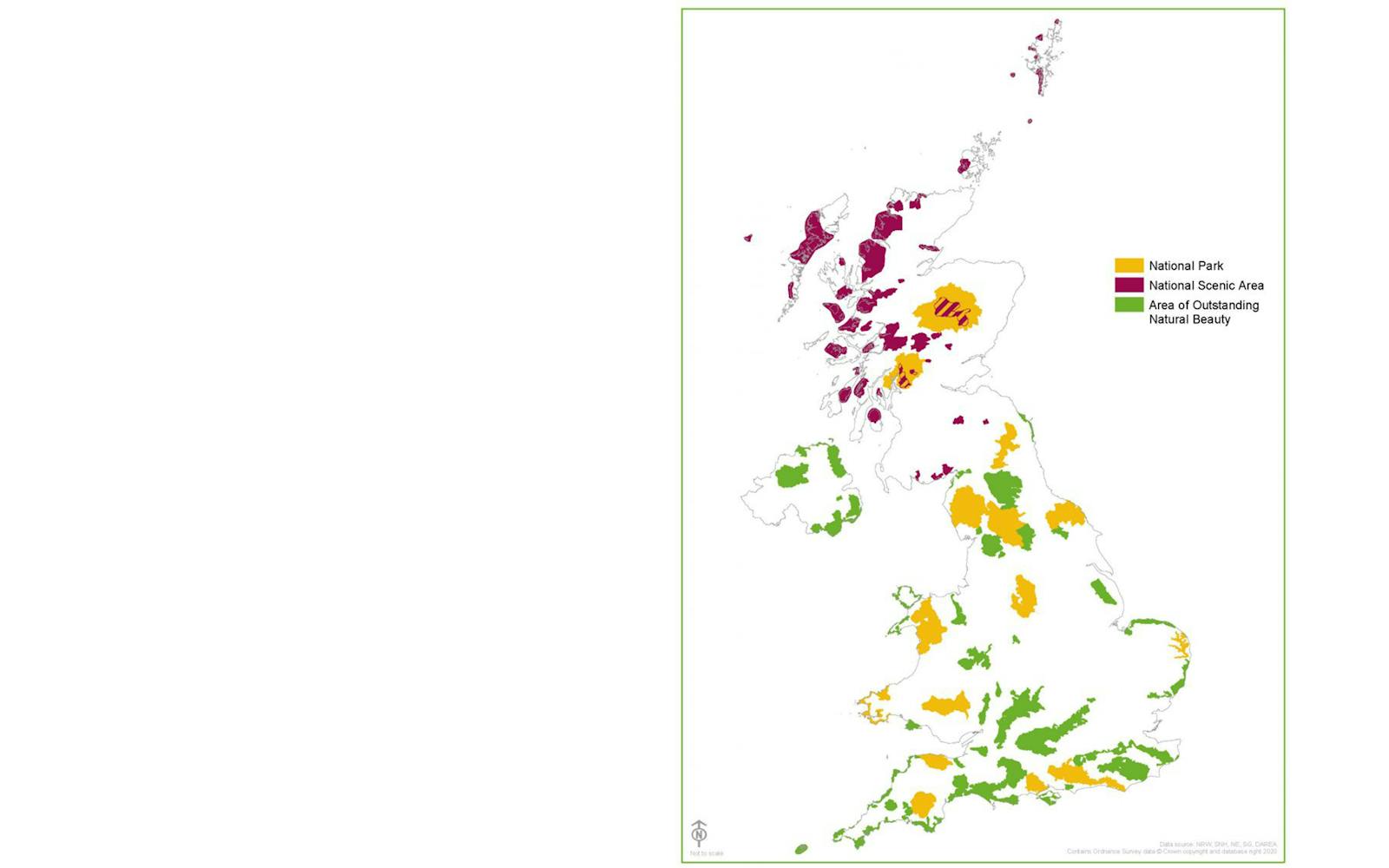
Further information
For more information on NPs see the National Parks website.
For more information on AONBs see the Landscapes For Life website.
For more information on NSAs see the Nature.Scot website.
[1] Glover, J. (2018) Landscapes review: National Parks and AONBs. [Online] Available at: https://www.gov.uk/government/publications/designated-landscapes-national-parks-and-aonbs-2018-review
[2] Glover, J. (2018) Landscapes review: National Parks and AONBs. [Online] Available at: https://www.gov.uk/government/publications/designated-landscapes-national-parks-and-aonbs-2018-review
[3] LUC (2016), Defining the special qualities of local landscape designations in Aylesbury Vale District. [Online] Available at: https://www.aylesburyvaledc.gov.uk/sites/default/files/page_downloads/Aylesbury%20Vale%20Local%20Landscape%20Designations%20FINAL%20REPORT%2027%2004%2016.pdf
[4] Scottish Natural Heritage and Historic England (2006) Guidance on Local Landscape Designations. [Online] available at: https://www.nature.scot/sites/default/files/2017-06/Publication%202006%20-%20Guidance%20on%20Local%20Landscape%20Designations.pdf
[5] NPPF (2019) https://www.gov.uk/government/publications/national-planning-policy-framework–2




